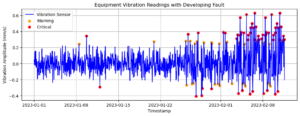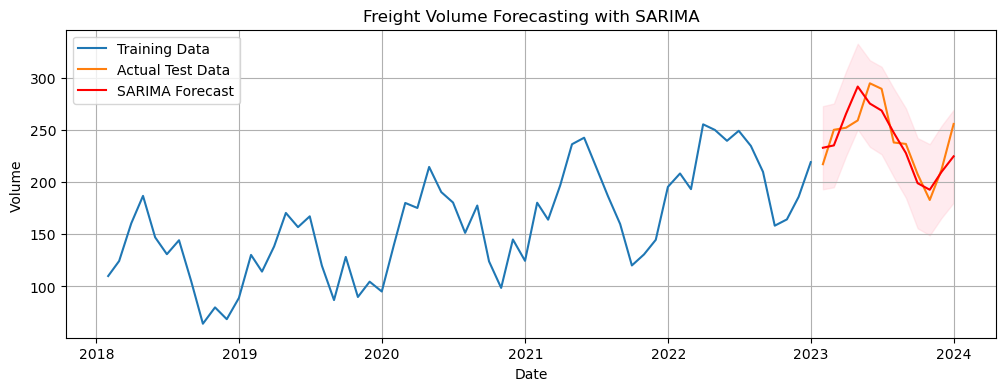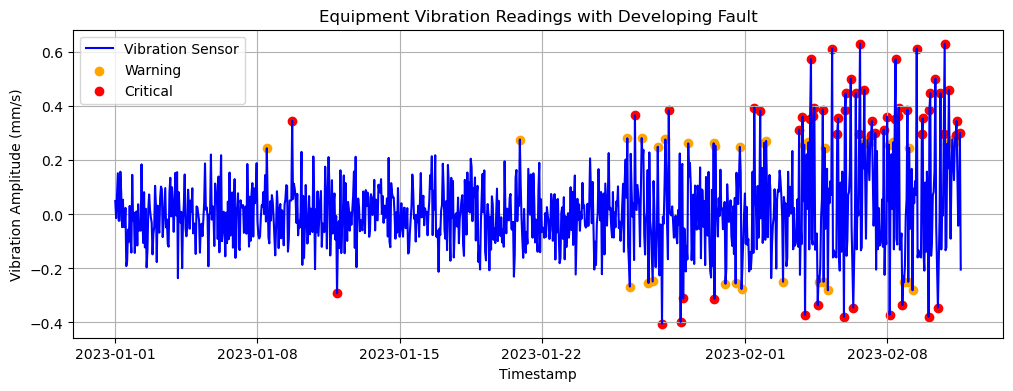How Maritime sector could leverage time series analysis?
The maritime sector is characterized by complex operational dynamics that need rigorous analytical methodologies to optimize efficiency, mitigate risk, and enhance decision-making.
Time series analysis, a branch of predictive analytics, enables maritime stakeholders to understand temporal dependencies, extract structures in data, and deploy robust forecasting techniques to improve resource allocation and operational resilience.
🔍 At its core, time series analysis lands in decomposing and modeling sequential data to identify stochastic patterns, structural breaks, and seasonal variations. The ability to extrapolate these patterns facilitates the development of probabilistic models that generate predictive decision frameworks, thereby benefiting strategy in maritime operations.
🚀 Strategic Implications of Time Series Forecasting in Maritime Logistics
Maritime transport and fleet management are inherently dynamic and require data-driven methodologies to navigate fluctuating demand, maintenance contingencies, and external market influences. Two applications of time series forecasting highlight its strategic importance:
Freight Volume Forecasting
Problem Statement: Freight volume is subject to various macroeconomic variables, trade policies, and seasonal demand fluctuations, leading to non-stationary demand curves and suboptimal asset deployment.
Analytical Framework: Leveraging historical freight data through parametric and non-parametric modeling approaches, shipping companies can derive predictive insights into future demand distributions, enabling adaptive fleet utilization, optimal routing strategies, and efficient supply chain coordination.
Implementing hierarchical time series models to anticipate peak shipping periods enables dynamic fleet reallocation, reducing logistical bottlenecks and enhancing service reliability.
📌 Advanced Models: Vector Autoregression (VAR), SARIMAX, Holt-Winters
Predictive Maintenance and Condition-Based Monitoring
Problem Statement: Ships operate in highly variable environmental conditions, necessitating continuous monitoring of engine health parameters to mitigate the risks of catastrophic failures and optimize lifecycle maintenance strategies.
Analytical Framework: Time-dependent sensor telemetry—such as vibration signatures, thermal anomalies, and oil viscosity degradation—can be modeled using probabilistic anomaly detection frameworks and multivariate predictive models to schedule maintenance interventions preemptively.
📌 Advanced Models: Autoencoder-Based Anomaly Detection, Random Forests
A simple example is explained here
Those are just a few examples of applications within the maritime sector!


